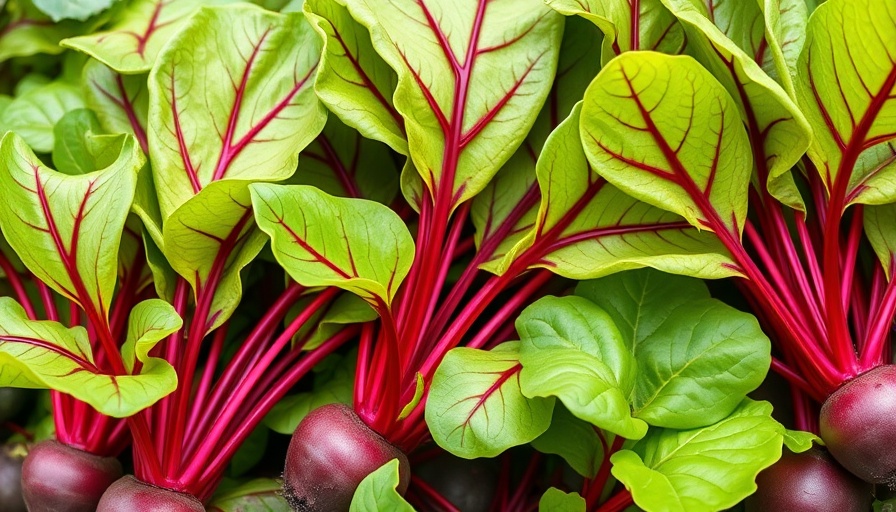
Understanding Beet Mosaic Virus: The Basics
If you’ve noticed peculiar yellow or green patterns on your beet leaves, it could be an indication that you’re dealing with Beet Mosaic Virus (BtMV). This viral infection, similar to others in the Beta genus, affects not just beets, but also crops like Swiss chard and spinach. A key characteristic of BtMV is its propensity to reduce the vigor of affected plants, leading to some significant yield reductions, especially in commercial farming.
Identification of Beet Mosaic Virus Symptoms
Identifying BtMV can be tricky, as it often resembles other aphid-borne viruses. Some tell-tale signs include mottling, pucking, and yellowing of leaves, particularly between the veins. As the plant ages, the bright yellow mosaic pattern may fade, but older leaves might turn completely yellow and die off. If you suspect an infection, the most reliable way to confirm is through a laboratory test on affected plant tissues.
Preventive Measures: Fortifying Your Garden
Prevention is key when it comes to managing beet mosaic virus. Start with robust practices from the very beginning of your gardening journey. Consider adopting organic gardening principles, such as planting disease-resistant varieties, using companion planting to naturally deter pests, and maintaining healthy soil with proper composting techniques. Implementing good gardening practices will strengthen your plants' defenses against such viruses.
Future Monitoring: What You Can Do
Regularly monitoring your plants for signs of illness is crucial. Make it a habit to inspect your garden weekly for any abnormal growths or coloration. Keeping a diligent eye on your plants not only helps in the early detection of BtMV but also allows for timely interventions. Integrated pest management can also be a valuable approach, combining biological control and organic pesticides for effective pest control.
Actionable Steps for Gardeners
For those already facing an infection, there are ways to mitigate the damage. Remove and destroy heavily infected plants to prevent the spread of the virus. Continue to practice good hygiene by disinfecting your tools and staying informed about local pest populations and outbreaks. Investing in a few quality garden tools and proper care techniques can make a world of difference in maintaining the health of your crops.
Emotional Connection: Gardening as a Therapeutic Pursuit
Gardening offers more than just crop yields; it’s also a source of joy and relaxation. Dealing with plant diseases like BtMV can be frustrating, but it's essential to remember that gardening is a journey filled with learning experiences. Embrace your gardening challenges and celebrate the small victories along the way!
Join the Gardening Community
If you want to stay engaged and receive support, consider joining local gardening clubs or online forums where you can share your experiences and learn from fellow gardeners. Building a connection with like-minded enthusiasts can provide not only practical advice but also foster friendships rooted in a shared love for plants.
 Add Row
Add Row  Add
Add 




Write A Comment